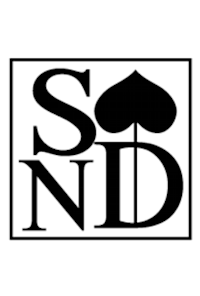The story that Puccini's Turandot presents to the audience is two centuries older than this opera. Originally linked to the legendary Tales of a Thousand and One Nights from the 17th century. Since then, it has undergone a number of treatments. And it was Puccini's librettists Giuseppe Adami and Renato Simoni who were fascinated by one of them, created by a prominent Italian playwright from the Renaissance, Carlo Gozzi. Criticizing his companion Carl Goldoni for allegedly being too French-influenced in his work, he turned to fairy-tale themes inspired by the famous form of Italian folk theater - the commediou dell´arte. After all: he was far from the only one fascinated by the tale of the cruel Princess Turandot. After all, at the beginning of the twentieth century, one of the greats of the art of staging at the time took it, the great reformer (not only) of the Russian theater JB Vachtangov - and his stage performance of Gozzi's work lasted on the stage in 1,500 reruns for several decades! It is strange that this topic also enchanted the phenomenon of Giacomo Puccini's veristic opera. Verism is opera realism: and at the forefront of its interest are harsh and moving stories from life, such as the fate of the fragile Mimi of Bohemia, Floria Tosca of the author of the same name, but speaking of verists, the tragedy of the old principal Cania of Leoncavall's Comedians, who will be brought to a terrible end by burning jealousy. But what does a fairy tale have in common with such a realistic view of the world? Well: this is not the only case in which the composer seeks deep truths about the depths of human souls in a fairy tale. Can we say, such, Dvořák's Rusalka is a "pure fairy tale"? Don't we see a glimpse of deeper psychology in the image of a water fairy whose dark spell bound its tongue? So Puccini, though in a completely different musical language, leans towards the characters of the fairy tale with a deep knowledge of the human psyche, as if they were real beings. Where are the boundaries of reality and fairy tales?








